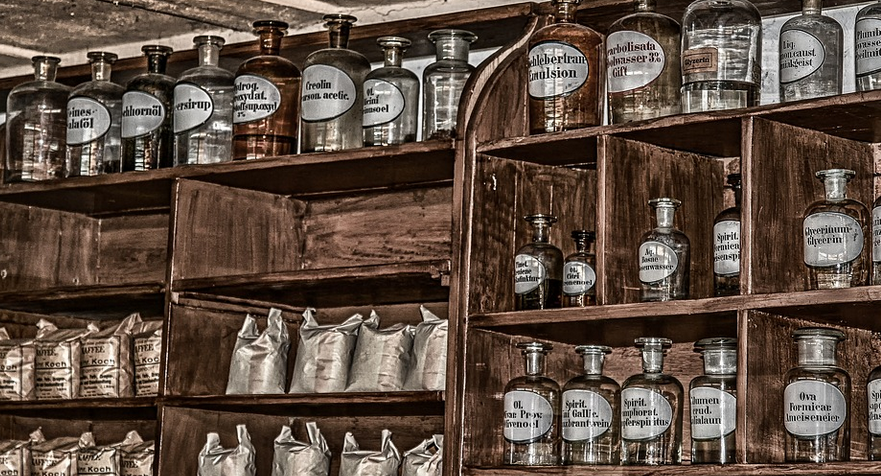Introduction
Rubber is a common material used in many industries, from automotive to construction. However, when it comes to repairing or bonding rubber materials, choosing the right adhesive is crucial. Vulcanizing cement and rubber cement are two popular choices, but what are the differences between the two?
What is Vulcanizing Cement?
Vulcanizing cement is a type of adhesive that is specifically designed for rubber materials. It is a two-part adhesive that consists of a rubber solution and a hardener. When the two parts are mixed together, they create a strong and durable bond that can withstand high temperatures and pressure.
What is Rubber Cement?
Rubber cement is an adhesive that is also used for bonding rubber materials. It is a single-part adhesive that is made up of a solvent and a rubber compound. When the solvent evaporates, the rubber compound is left behind, creating a bond between the materials.
Differences between Vulcanizing Cement and Rubber Cement
One of the main differences between vulcanizing cement and rubber cement is the strength of the bond. Vulcanizing cement creates a stronger and more durable bond than rubber cement, making it a better choice for applications that require high strength and durability. Another difference is the curing time. Vulcanizing cement requires more time to cure than rubber cement, but the end result is a stronger and more durable bond. Rubber cement, on the other hand, cures quickly but may not provide the same level of strength and durability.
Applications of Vulcanizing Cement
Vulcanizing cement is commonly used in the automotive industry for repairing and bonding rubber components such as tires, hoses, and belts. It is also used in the construction industry for bonding rubber roofing materials and sealing joints.
Applications of Rubber Cement
Rubber cement is commonly used in the arts and crafts industry for bonding paper, cardboard, and other lightweight materials. It is also used in the office for mounting artwork and posters.
How to Use Vulcanizing Cement
To use vulcanizing cement, first clean and dry the surfaces that need to be bonded. Mix the rubber solution and hardener according to the instructions on the package. Apply the adhesive to both surfaces and press them together firmly. Allow the adhesive to cure for the recommended amount of time before using the bonded materials.
How to Use Rubber Cement
To use rubber cement, first clean and dry the surfaces that need to be bonded. Apply the adhesive to one surface and press the two surfaces together. Allow the adhesive to dry completely before using the bonded materials.
Conclusion
In summary, vulcanizing cement and rubber cement are two popular adhesives for bonding rubber materials. While they both have their applications, vulcanizing cement is a stronger and more durable adhesive that is better suited for applications that require high strength and durability. Rubber cement, on the other hand, is a quick-drying adhesive that is better suited for lighter weight applications.

